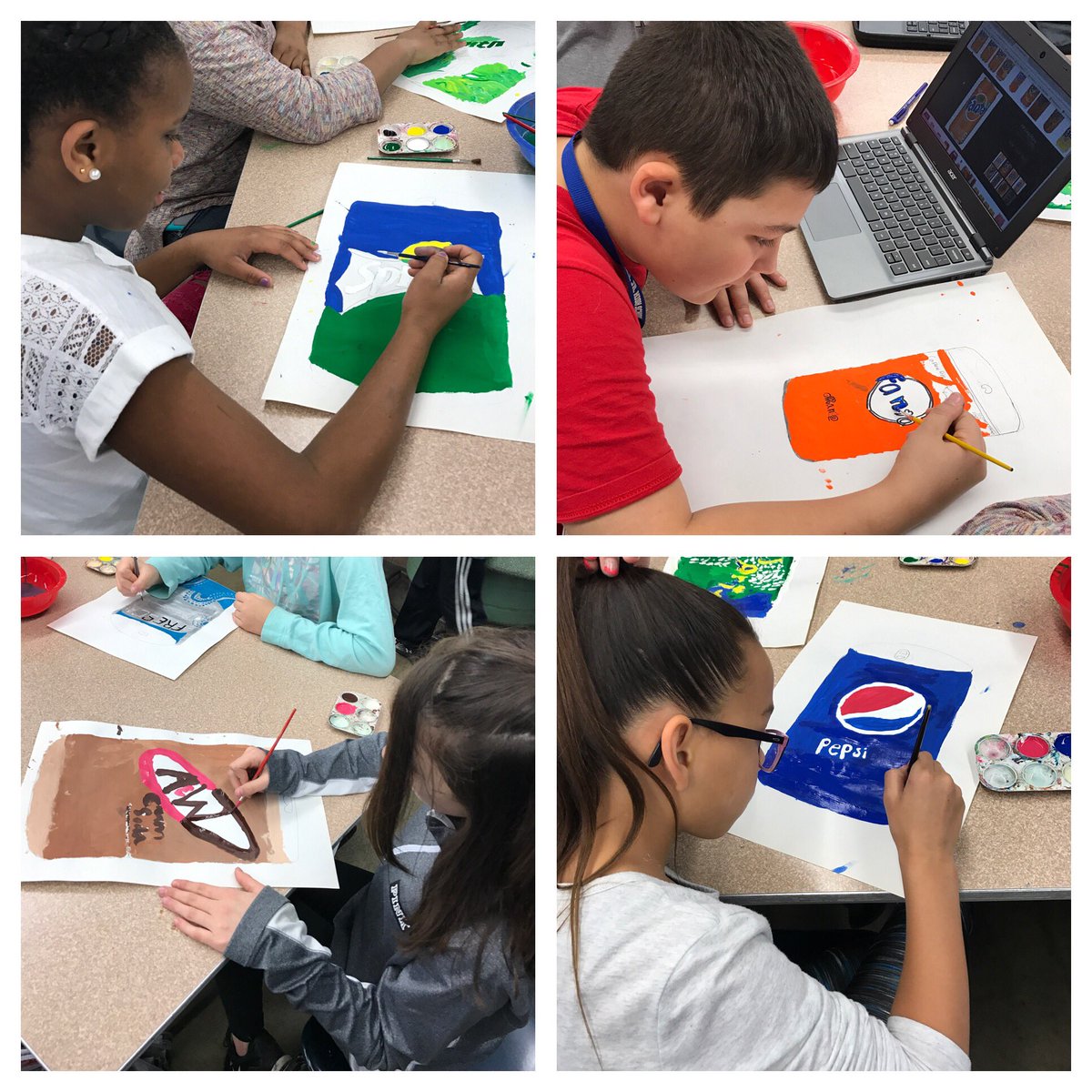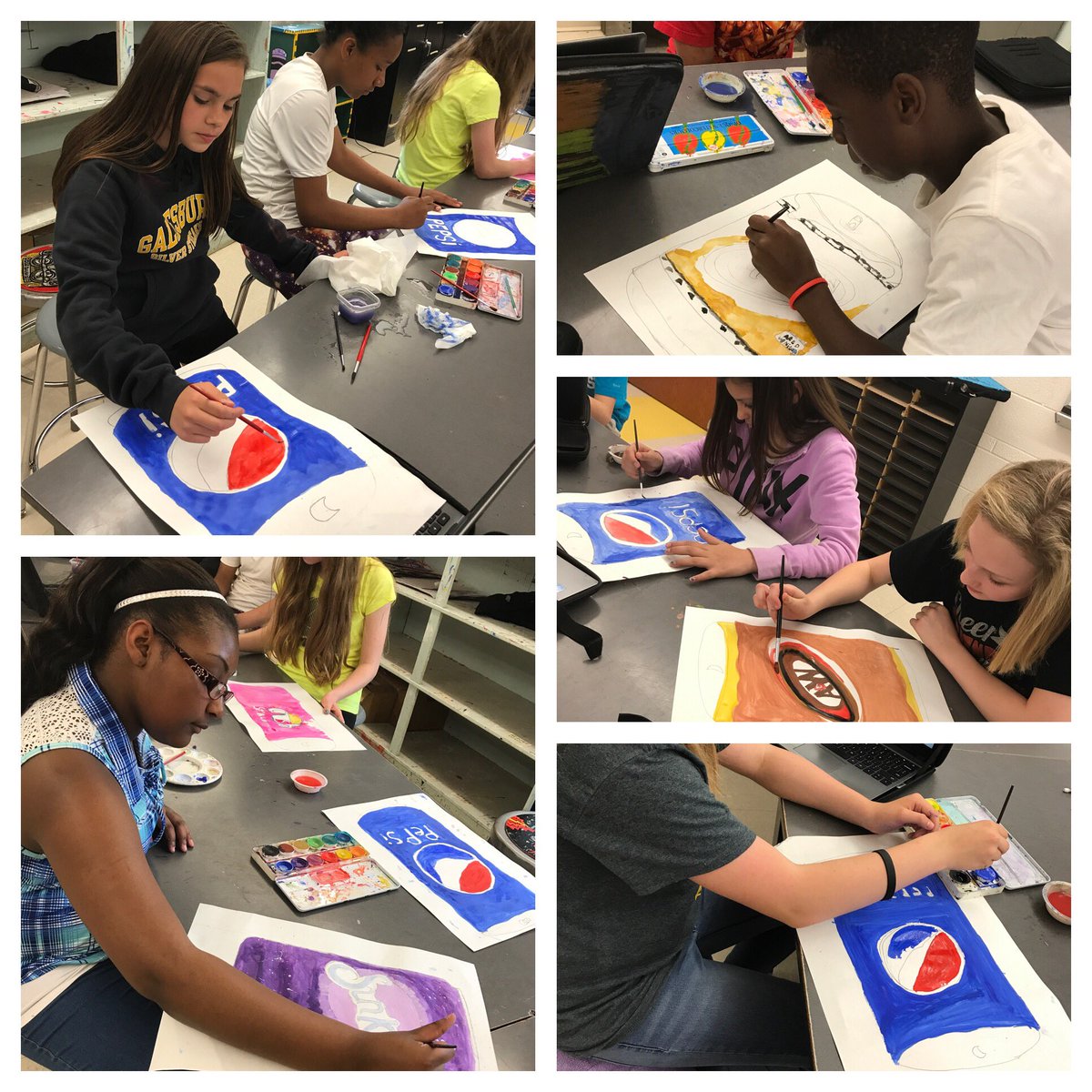August 21, 2017 all of North America will experience an eclipse of the sun. This event is a solar eclipse in which the moon passes between the sun and Earth and blocks all or part of the sun for up to about 3 hours, from beginning until end. The last time the contiguous U.S. saw a total eclipse was in 1979.
In the art room, what better time to teach my students about the eclipse while also introducing them to white charcoal pencils!
Materials: white charcoal pencils, black paper, sturdy white paper, tape, scissors
Vocab: value, contrast, blending
Solar Eclipse Instructions:
1. Students will first trace and cut out a circle from heavy paper.
2. Tape the circle to the center of a sheet of black construction paper.
3. Trace around the circle with a white charcoal pencil.
4. Decide what phase the eclipse is in and adjust the circle and trace again.
5. Color heavily with white charcoal around the edges of the circle template.
6. Lightly shade out from the edge of the circle, fading into the black.
7. Use your finger to blend the white charcoal from the circle out.
8. Make sure the charcoal is blended and remove the circle template.
9. Label and date the eclipse design.
Partial Eclipse Examples
My middle school students...




















































